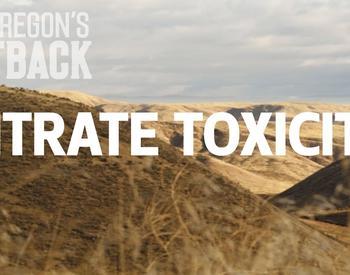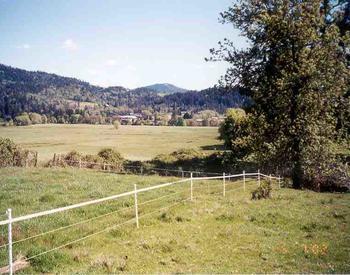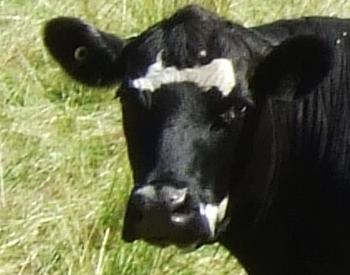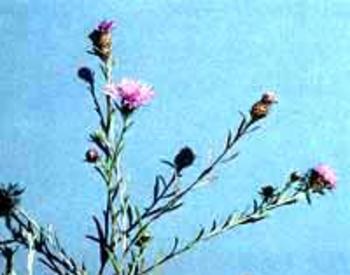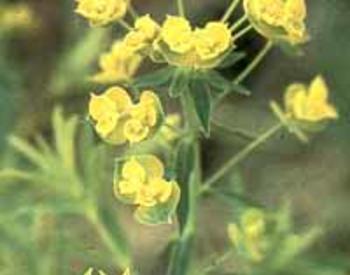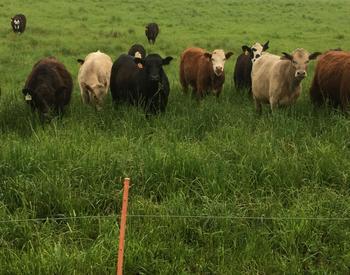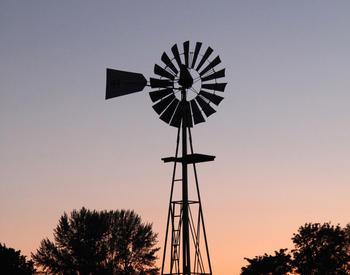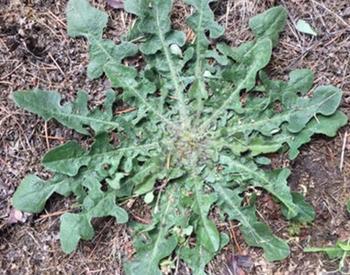Generally, grazing animals will avoid poisonous plants in pastures. However, we can unintentionally increase the likelihood of livestock consuming bad weeds because livestock are more prone to eat these at certain times.
Management
- Never turn hungry animals into an unfamiliar pasture. Make sure livestock are well-fed first. That way they eat more discriminately.
- Make sure there is plenty of good forage for the livestock to eat. If they get too hungry, they may start eating plants they usually avoid. Even with ample forage, if the poisonous plant population is large, the animals may accidentally graze them.
- Be careful about spraying poisonous plants and then grazing livestock in the same area too soon. Herbicides cause plants to wilt and can improve their palatability to animals. Wait until the poisonous plants are completely dried and dead or remove the wilted portions (use gloves) when the herbicide has had a chance to enter the whole plant and/or go into the roots for a complete kill.
- Never include poisonous plants in hay. Drying may improve palatability and animals fed only small amounts of hay may be hungry enough to eat the weeds.
Identify poisonous plants
- Get to know the forage and the weeds in your pasture by name and management needs.
- For larger acreages, get a weed ID book. "Weeds of the West" is a great one for that. Purchase through popular stores.
Samples for ID
- For both small and large acreages, bring samples into your local OSU Extension Office for identification.
- For fresh samples, place the weed in a reclosable plastic bag with a slightly moist paper towel. Too much water makes for a mushy sample, not enough and you get a wilted one.
- For dry plants, place the weed in a paper bag.
- If not too big, try to include the entire pant — roots still in a little soil, stems, stalks and flowers.
- One sample per bag.
- Try to bring in some of the previous year's plant material.
- Take some quality photographs and email to your local Extension livestock agent
- First take a picture of the plant as it is in the field.
- Then separate out the plants from the major background and place on a surface with a contrasting color.
- Take closeup photos of the leaves, stems and any flowers.
- Include any of the previous year's flowers that might be dried out.





